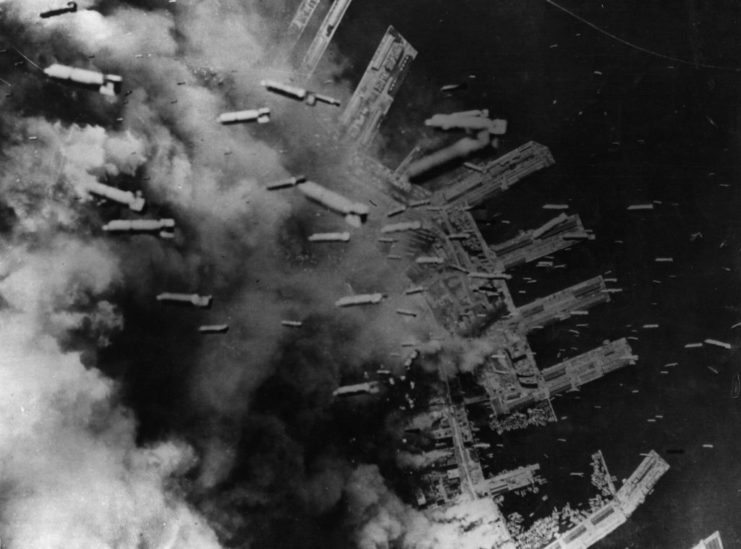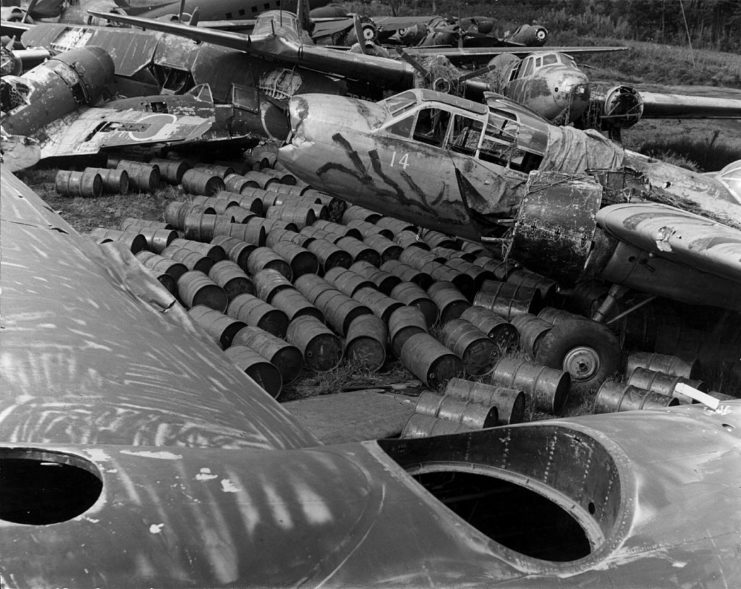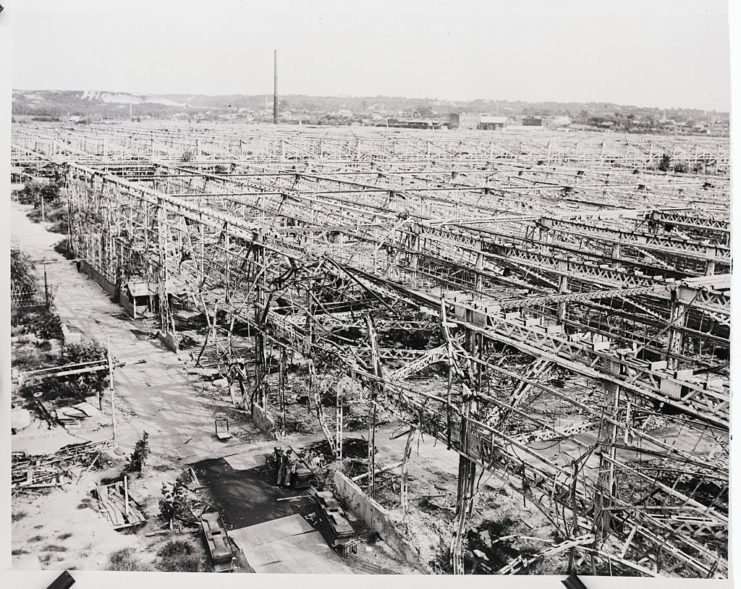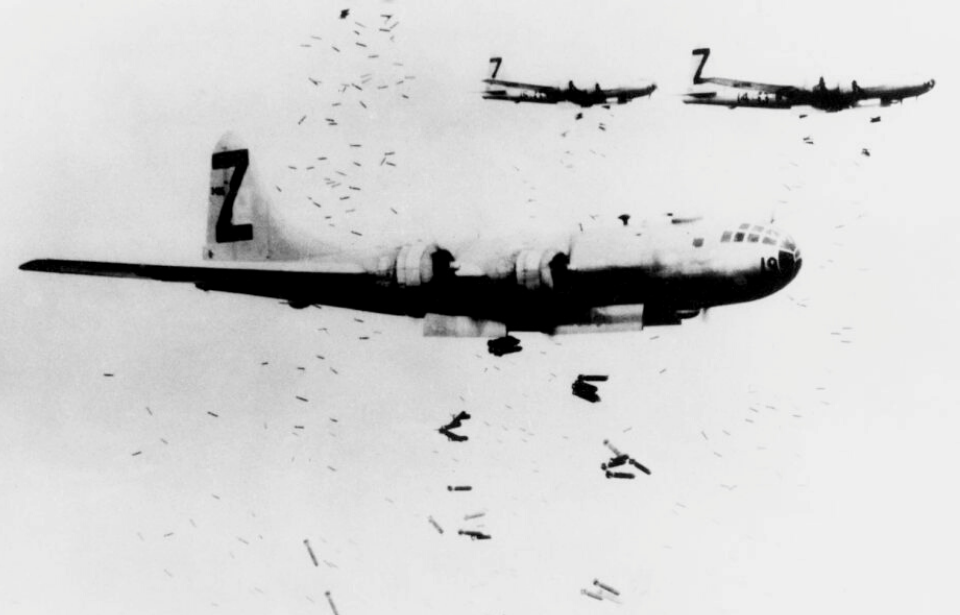Officials in the Japanese city of Nagoya have announced that members of the Japan Ground Self-Defense Force safely diffused a bomb dating back to the Second World War. The explosive, said to be an American-made incendiary bomb, was discovered at a construction site on March 17, 2022.

The 550-pound bomb was removed from the site near Nagoya Station on the morning on April 24, 2022, according to a news release. It is said to have been 4 feet long and 14 inches in diameter.
To disarm it, members of the Ground Self-Defense Force cordoned off a 1,312 feet in diameter area of the city, blocked off roads and expressways, evacuated 951 people and rerouted 38 public buses.

The bomb’s discovery is not unprecedented. During World War II, it’s estimated the United States Army Air Forces dropped 9,783 tons of mostly incendiary bombs over the city, which at the time was one of Japan’s industrial centers. It produced between 40 and 50 percent of the country’s combat aircraft and engines, including the Mitsubishi A6M Zero.
Along with being home to a number of factories, Nagoya also had a port capable of docking up to 38 sea vessels, along with facilities that produced processed food, railway equipment and ball bearings.
While the first bombings occurred on April 18, 1942 during the Doolittle Raid, it was in 1944-45 that they drastically increased. During the final nine months of the Pacific War, US aircraft dropped bombs on both urban areas and factories. According to the US Strategic Bombing Survey, the aim was to:
- Wipe out Nagoya’s aircraft and ordnance production through the use of precision attacks.
- Knock out the city’s remaining industries and destroy Japan’s will to resist through the use of area attacks.

No one was injured during the bomb’s diffusion.
